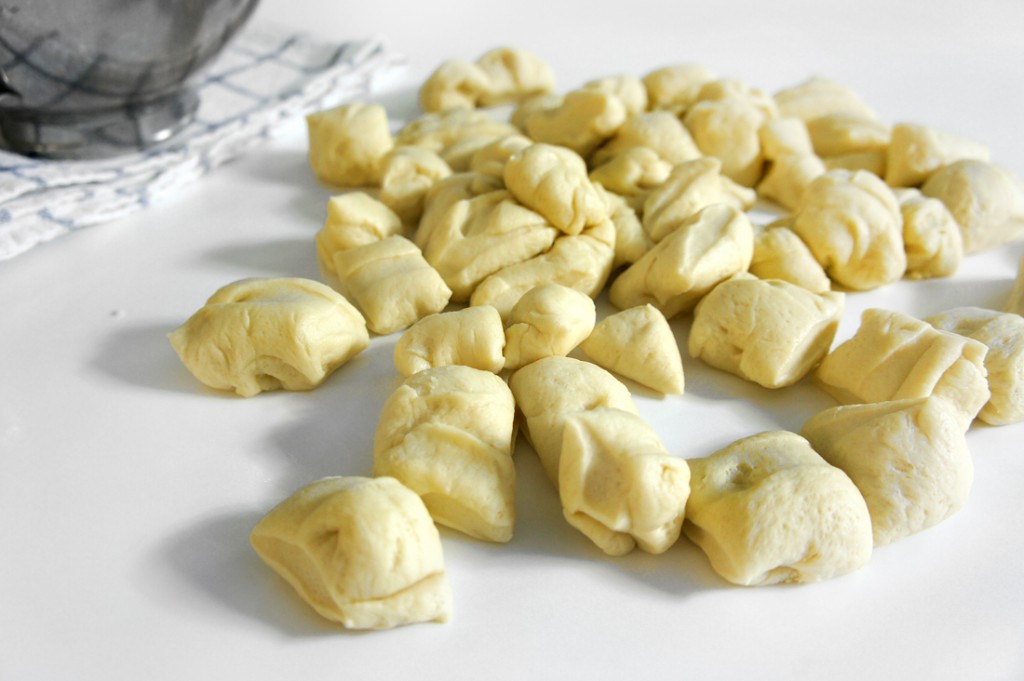

Mine are a bit rushed and in bad lighting) Take one end of the dough and fold to meet the middle of the oval. (Christine took great step by step photos. Roll out each portion of the dough with a rolling pin into an oval shape. Cover with cling wrap, let rest for 15 minutes.Ĥ. Divide the dough into four equal portions. Let it proof until it’s doubled in size, about 40 minutes.ģ. Place dough into greased bowl and cover with a wet towel. You should be able to stretch the dough without it breaking right away.Ģ. Keep kneading until the dough is no longer sticky and is elastic. The dough will start out to be extremely sticky. If you own a breadmaker or a food processor powerful enough to knead dough, I HIGHLY recommend using it. Knead until your dough comes together and then add in the butter and continue kneading. Whisk and combine all wet ingredients: milk, egg and tangzhong, then add into the well of the dry ingredients. Combine the flour, salt, sugar and instant yeast in a bowl. Update: Since my first attempt, I’ve got a better understanding of how the texture should turn out, how long the kneading should be, and I’ve taken better step by step photos. Milk Bread (adapted from two of Christine’s recipes here and here,which she adapted from the 65 degrees book) The paste does not keep well, so use within a few days. Place the wrap directly onto the mixture to keep it from drying out and put it in the fridge for several hours or overnight. Once the mixture is cooled, pour it into a bowl and cover the top using plastic wrap.

I started to see lines around the same time the temperature reached 65C.ģ. If you are continually stirring, the mixture will start to have “lines ” and then it is done. I used a thermometer but I’ve read from Christine’s website and several others that you can sort of eye it. When the temperature of the mixture reaches 65 degrees Celsius, turn off the stove and take the mixture off the stove to let it cool. Begin stirring constantly as the mixture heats up.

Pour mixture into a small pot and turn on medium heat. Mix flour and water together and whisk until it is completely dissolved and no lumps remain.Ģ. I highly recommend using a bread maker for the kneading because it takes quite a while.ġ. The recipe allows you to knead by hand or use a bread maker. Now I just need a bread maker for the kneading. I can’t wait to make this bread more often. Even the next day, the bread remained as soft and fresh tasting as the day before. After I let the bread cool, I peeled off a section of the bread and the texture was so fluffy. When my bread came out, the crust was shiny and it looked and smelled like I was in a chinese bakery. It took several hours of proofing my bread and kneading it before it was ready. The bread portion was a little harder to make. I made mine in the morning, put it in the fridge and then used it that evening. You need to make the flour paste ahead of time and give it a few hours to cool, but it’s not too hard. It’s sweet and has no filling, so you can just enjoy the plain, soft bread. I decided to try making a simple milk toast, which is one of my favorite breads to get from chinese bakeries. You can also use it to make soft milk bread rolls.

You can use this method to make a variety of breads that are sweet and savory. I read up on the tangzhong method on a few other blogs and also a few different recipes. What I loved about this idea is that it is natural and doesn’t use chemicals.Īs soon as I saw the beautiful, soft and fluffy breads that Christine had made, I knew I had to try making my own. She uses a flour and water mixture, cooked to 65 degrees, to make a flour paste called “tang zhong” which is added to the bread. Basically, a few years ago, a woman named Yvonne Chen wrote a book entitled 65 degrees, which details her secret ingredient to keeping bread fresh and soft. I first read about the Tangzhong method on her blog. I really enjoy her blog because she makes a lot of chinese recipes and her blog is in English and in Chinese, which has allowed me to try recipes of a lot of my favorite chinese desserts. One of the blogs I follow is Christine’s Recipes. Then I read about the “Tangzhong method.” It’s been popular for a few years now, but since I don’t read chinese, I didn’t learn about it until recently. I don’t believe this ingredient is available here in the U.S., but apparently is more common in Asia. I’ve looked up recipes a couple of times and it seemed that a lot of the recipes required a “bread improver” to keep the bread soft. The breads usually have an incredibly soft texture and stay soft and fresh for days. I’ve always had a preference for asian style bread.


 0 kommentar(er)
0 kommentar(er)
